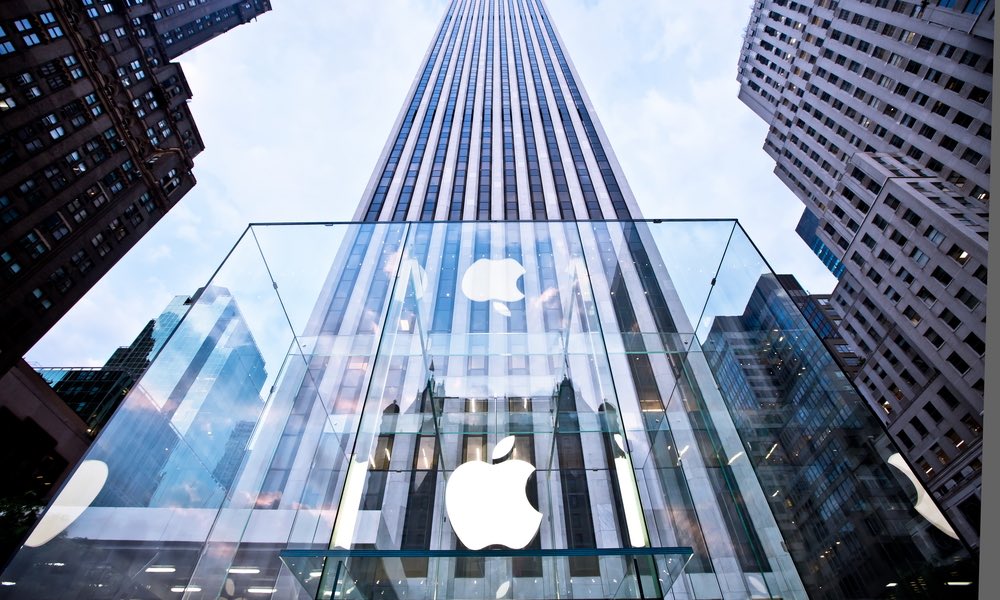Apple Ordered to Pay University of Wisconsin $506 Million in Patent Dispute

Toggle Dark Mode
Back in October 2015, a jury determined that Apple had infringed on a microprocessor patent owned by the University of Wisconsin’s Alumni Research Foundation (WARF), which specifically applied to the foundation’s Intellectual Property (IP) holdings on a micro CPU design that Apple used in its fabrication of certain A-series chips. While the jury found Apple guilty at the time, and determined that the company could be liable for as much as $862.4 million in punitive damages, the judge ultimately handed down a more modest $234 million ruling.
However, after careful consideration of subsequent claims filed by the University of Wisconsin-Madison’s patent licensing body, U.S. District Judge William Conley on Monday ruled that Apple must pay an additional $272 million in damages for infringing WARF’s microprocessor technology — bringing the total amount levied against the Cupertino-company to a whopping $506 million, according to a report by Reuters.
At the heart of the lawsuit were allegations that the design of Apple’s 64-bit A-series CPUs (specifically the A7, A8, and A8X from 2013 and 2014, respectively) infringed on a 1998-era computer microarchitecture patent that, since its inception, has been owned exclusively by WARF. While the University of Wisconsin-Madison’s patent licensing department initially sought just $400 million in compensation from the tech-giant, Judge Conley ultimately determined that Apple owed additional damages (plus interest) because the company continued to sell devices equipped with the aforementioned A-series chips without license well into December, 2016 — at which point the IP owned by WARF expired.
WARF initially brought charges against Apple back in 2014, when it accused the company of infringing on its U.S. Patent No. 5,781,752, which describes a “Table based data speculation circuit for parallel processing computer.” The IP covered by the patent, according to WARF, concerns Apple’s use of the center’s researcher-developed “predictor circuit technology,” which according to the patent documents describes “a novel method of improving power efficiency and performance in modern computer processor designs.”
The original complaint filed by WARF alleged willful infringement on Apple’s part, citing the iPhone-maker’s use of the patent’s technology in its own patent filings with the U.S. Patent & Trademark Office (USPTO). Adding insult to injury, WARF accused Apple of refusing its requests to license the IP legally, which ultimately led to its filing of a second lawsuit from WARF in which its patent was further tied to Apple’s similarly-designed A9 and A9X SoCs.
Naturally, Apple denied any infringement of WARF’s patent during the initial court proceedings, and even went so far as to question the validity of the IP with the USPTO — however the government agency declined to initiate a review at the time. And so, Apple is now filing an appeal on the original ruling handed down in 2015. Judge Conley will not issue a ruling on the second A9 and A9X case until Cupertino completes the appeals process, which could technically drag on for years.






